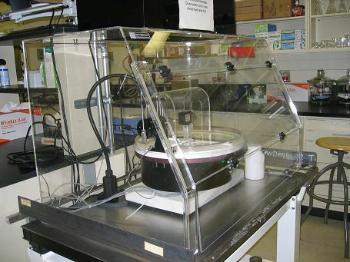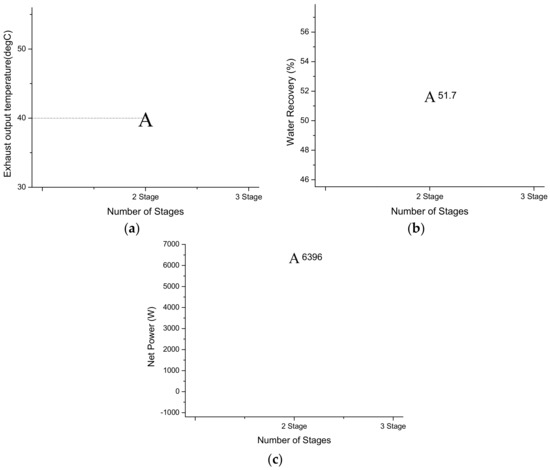

The thermal conductivity of formate salt PCM is characterized with and without additive thermal conductivity enhancers (aluminum rings). Bulk PCM supercooling is quantified using T-history experiments, and the corrosivity of molten formate salts is characterized over long duration exposure times up to 2000 h. In this study, the thermal stability of sodium formate, sodium/potassium formate eutectic, and sodium/calcium formate eutectic are assessed by thermal cycling the PCM using differential scanning calorimetry (DSC). Despite their apparent benefits, the thermochemical properties of formate salts as PCMs have not been thoroughly characterized. With a reported low cost of $0.40/kg, this salt can be a viable economic option for latent heat TES. This temperature range suggests that sodium formate could be a viable thermal storage medium for industrial process heat and steam. It is nonflammable, nonexplosive, and reportedly stable to at least 330 ☌ (decomposition reported at 400 ☌). Sodium formate is a commodity chemical with low hazard and health concerns, often used as a deicing agent. A previous study identified formate salts as potential candidates to meet the techno-economic requirements for latent heat TES. This work investigates a relatively unexplored class of PCMs based on formate salts. Suitable molten salt PCMs are often limited to expensive lithium-bearing eutectics or suffer from low latent heat of fusion (e.g., sodium nitrate, ΔH fusion = 199 J/g Waxes have been a well-studied PCM system, but these have melting points lower than the temperature demands for process heat steam. However, finding suitable PCMs in this temperature range remains challenging. Steam supply at less than 260 ☌, accounts for much of the steam demand across multiple manufacturing sectors in the United States. Furthermore, modest pressure steam use is common throughout industry, making this application a good target for solar thermal energy. Latent-heat TES is particularly relevant for steam generation systems, where the PCM melting point and steam supply temperature can ideally be aligned for efficient energy transfer. Phase change materials (PCMs) have significantly higher energy density and are typically smaller size compared to sensible heat storage. Latent heat storage stores heat at constant temperature by changing its phase, in addition to storing heat in the form of sensible heat.

Thermal energy can be stored using sensible, latent, or thermochemical energy means. Solar thermal systems frequently seek to include thermal energy storage (TES) in order to provide greater operating flexibility.
#WEBOOK NIST GOV HEAT SOLIDICATION WATER FREE#
FTIR analysis of the PCM after 2000 h shows oxidation at the free surface, while the bulk PCM remained unchanged, further indicating a need to protect the formate from atmospheric exposure when used as a PCM. Sodium formate was found to be non-corrosive, as calculated by mass loss and confirmed by cross-sectional high-resolution microscopy. Finally, mild carbon steel was immersed in molten sodium formate for up to 2000 h. Thermal conductivity enhancement of over 700% was achieved by embedding aluminum in the solid PCM. T-history experiments with 50-g PCM quantities demonstrated a bulk supercooling of only 2–3 ☌ for these salts. FTIR analysis of the PCM showed degradation of formate to oxalate. A longer test with sodium formate led to gas release and decomposition of the salt. The stability of formate PCM’s was evaluated by thermal cycling using differential scanning calorimetry where sodium formate and sodium/potassium formate appeared stable over 600 cycles, while sodium/calcium formate exhibited a monotonic decrease in heat of fusion over the test period. The thermophysical properties of three formate salts were characterized: pure sodium formate and binary blends of sodium/potassium formate and sodium/calcium formate. This work examines formate salts as potential phase change materials (PCMs) for middle-high temperature (≤250 ☌) latent heat thermal energy storage applications.


 0 kommentar(er)
0 kommentar(er)
